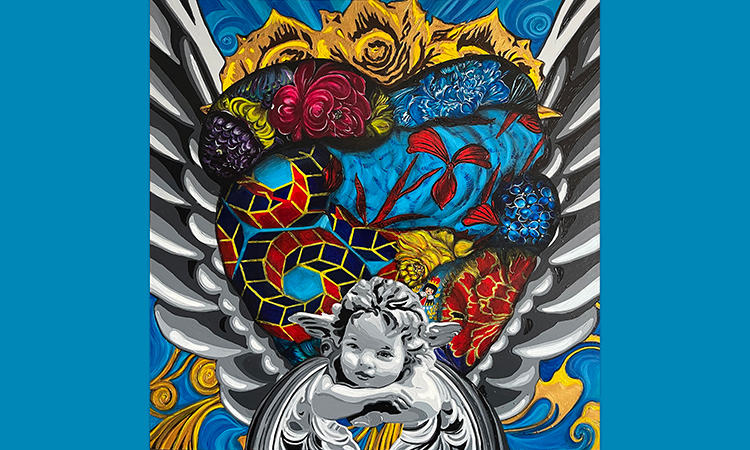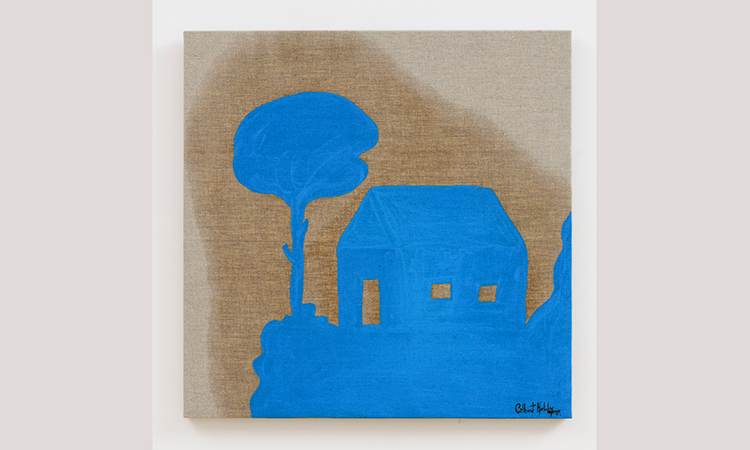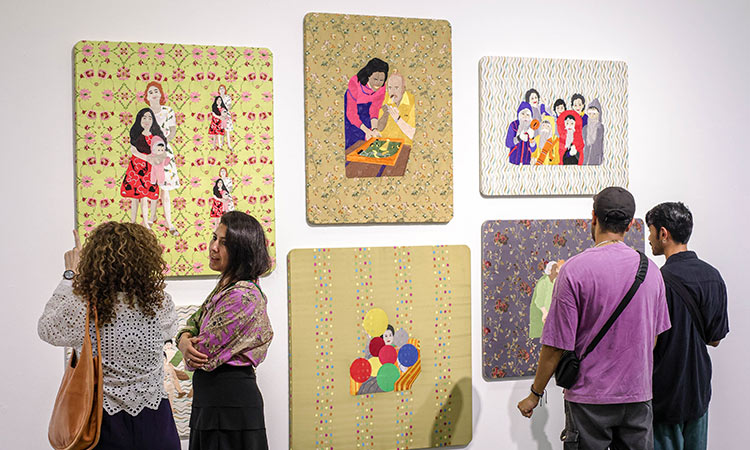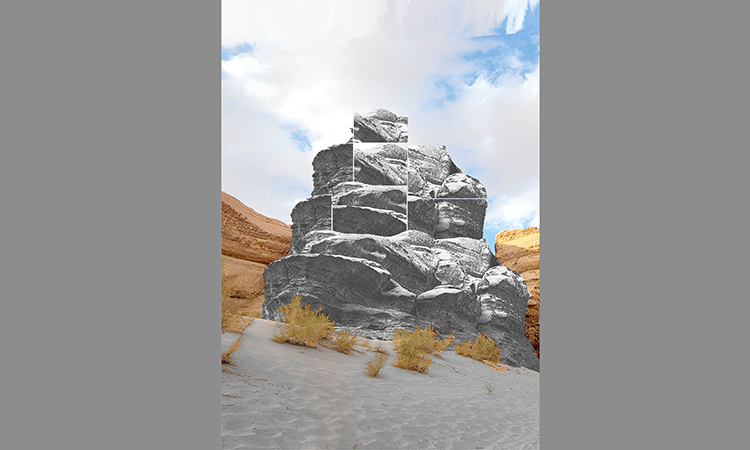Design Space AlUla opens doors in February to strengthen legacy
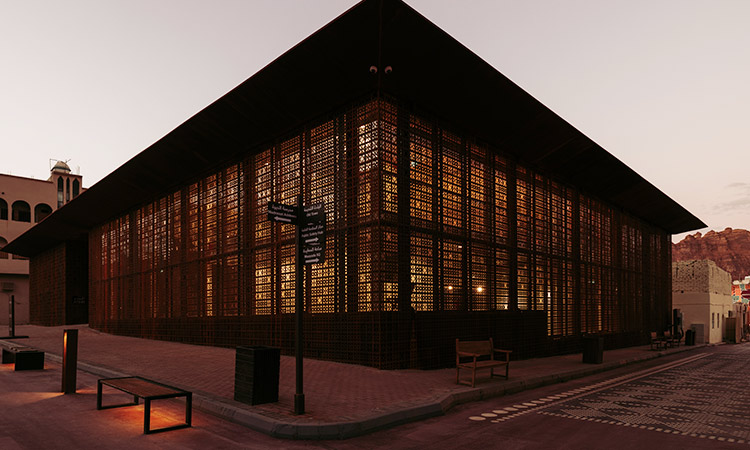
Design Space AlUla @ AlJadidah Arts District.
Muhammad Yusuf, Features Writer
February 2024 marks the opening (launch programme Feb. 15 — 17) of Design Space AlUla, the first permanent gallery space dedicated to showcasing design initiatives across AlUla.
Opening during AlUla Arts Festival (Feb. 9 — Mar. 2) and located in the AlJadidah Arts District, the space provides exhibition, workshop and archive areas designed to foster collaboration among professionals, students, and design enthusiasts, while strengthening AlUla’s legacy and helping further its heritage. It opens with an inaugural exhibition Mawrid: Celebrating Inspired Design (Feb. 15 — Jun. 1).
Through a series of exhibitions, workshops and archival access under the direction of Sara Ghani, who also curates the gallery’s inaugural show, Design Space AlUla aims to engage with emerging and established design professionals, regionally and internationally, through the lens of AlUla’s natural and cultural landscape. The space will be inclusive of design disciplines ranging from architecture and urban planning, to product and graphic design. It will involve the design community, while
highlighting the role of design in the region’s character and economy.
READ MORE
Cricketer Shoaib Malik marries Pakistani actress Sana Javed, shocking fans
Efie Gallery shows colourful side of J K Bruce-Vanderpuije's b/w images
Penelope Cruz reveals why her children don't have their own cell phones
Design Space AlUla, in its physical form, is a contemporary building made of corten steel, glass and polished concrete. The architecture, designed by Giò Forma Studio, is a homage to the breezeblock used widely across buildings in the surrounding AlJadidah Arts District. Shaped around a plaza, the luminous courtyard design is complemented by the exposed geometrical brickwork, taking the form of an intricate lattice façade, bringing more light and natural ventilation to the building.
The space combines a gallery, archive and workshop. The inaugural exhibition will introduce the design thinking process behind ten recent AlUla-inspired designs across design, architecture and urban planning. It will be the first in an ongoing exhibition programme.
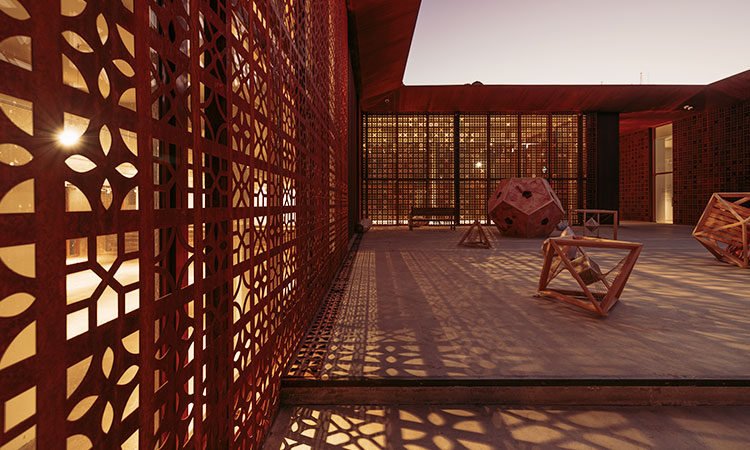
Projects explored include Giò Forma Studio/Black Engineering’s Maraya, a 9,740 square metre mirror-clad venue that blends with its surroundings echoing the natural textures and colours of AlUla; plans for the renovation of Madrasat Addeera, AlUla’s first arts and design centre, by UK based Hopkins Architects; Roth Architecture’s Azulik Eco Resort which draws inspiration from the stories of wind and erosion, ensuring the project integrates with its natural surroundings; SAL Architects’ renovation of the historic Ammar Bin Yasser Mosque, which collaborated closely with the community to ensure a harmonious and respectful transformation; and AlUla’s Cultural Oasis District Masterplan, guided by Prior + Partners in collaboration with Allies and Morrison, each having a mission to cherish, nurture and protect AlUla’s cultural and natural environment.
Other exhibitors include finalists from the second edition of AlUla Design Award Imane Mellah, Teeb, Sara Kanoo and Shaddah Studio, and representation from the first edition of the AlUla Design Residency. The residency is a five-month programme in AlUla that brings together designers and experts on-site to work across multiple disciplines such as infrastructure development and architectural design, exploring public realm interventions, urban furniture, sustainability and local building materials. The five design practices engaged in the residency are: bahraini — danish from Bahrain and Denmark, Hall Haus from France, Studio Leo Orta from France, Studio Raw Material from India, and Leen Ajlan from Saudi Arabia. The exhibition also explores the visual identity for Design Space AlUla created by Clara Sancho Studio and design agency 29Letters from Madrid. The logo draws on a wide range of inspiration across AlUla, from ancient inscriptions at Jabal Ikmah to unique breezeblocks in AlJadidah and other architectural elements of AlUla’s more recent visual terrain. In time, the projects will enter the Design Space AlUla archive, which will serve as a growing source of design inspiration as well as a compendium of local design initiatives. The workshop and archive will also host aspiring designers in AlUla’s resident community, who want to participate in the creative space.
Ghani, Curator, Design Space AlUla said that “Design Space AlUla commits to celebrating AlUla’s natural history, its cultural heritage, and vernacular materials — inspiring sustainable futures that are rooted in place. Our ambition is to fuel the design economy, provide resources to designers to explore and experiment, and be a place for visitors to research, explore and connect with the processes behind AlUla’s design journey.” She is an architect and urban planner who graduated with a degree in Architecture from Prince Sultan University in Riyadh. She is committed to the realisation of AlUla’s vision by developing its potential. The launch will include keynote presentations, masterclasses, workshops, panel discussions and design tours. AlUla Arts Festival is a celebration of contemporary visual and public art, design, curated cinema, art tours and artist residencies.
Located 1,100 kilometres from Riyadh, in Northwest Saudi Arabia, AlUla is a place of extraordinary natural and human heritage. The vast area, covering 22,561 square kilometres includes a lush oasis valley, towering sandstone mountains and ancient cultural heritage sites dating back thousands of years, covering the periods when the Lihyan, Dadan, and Nabataean kingdoms ruled. The most well-known and recognised site in AlUla is Hegra, Saudi Arabia’s first UNESCO World Heritage Site. A 52-hectare ancient city, Hegra was the principal southern city of the Nabataean Kingdom and consists of more than 100 well-preserved tombs with elaborate facades cut out of the sandstone outcrops surrounding the walled urban settlement. Current research also suggests Hegra was the most southern outpost of the Roman Empire after conquering the Nabataeans in 106 CE. It is a place where communities, travellers, traders and pilgrims have, for millennia, lived, passed through, rested, and interacted.
